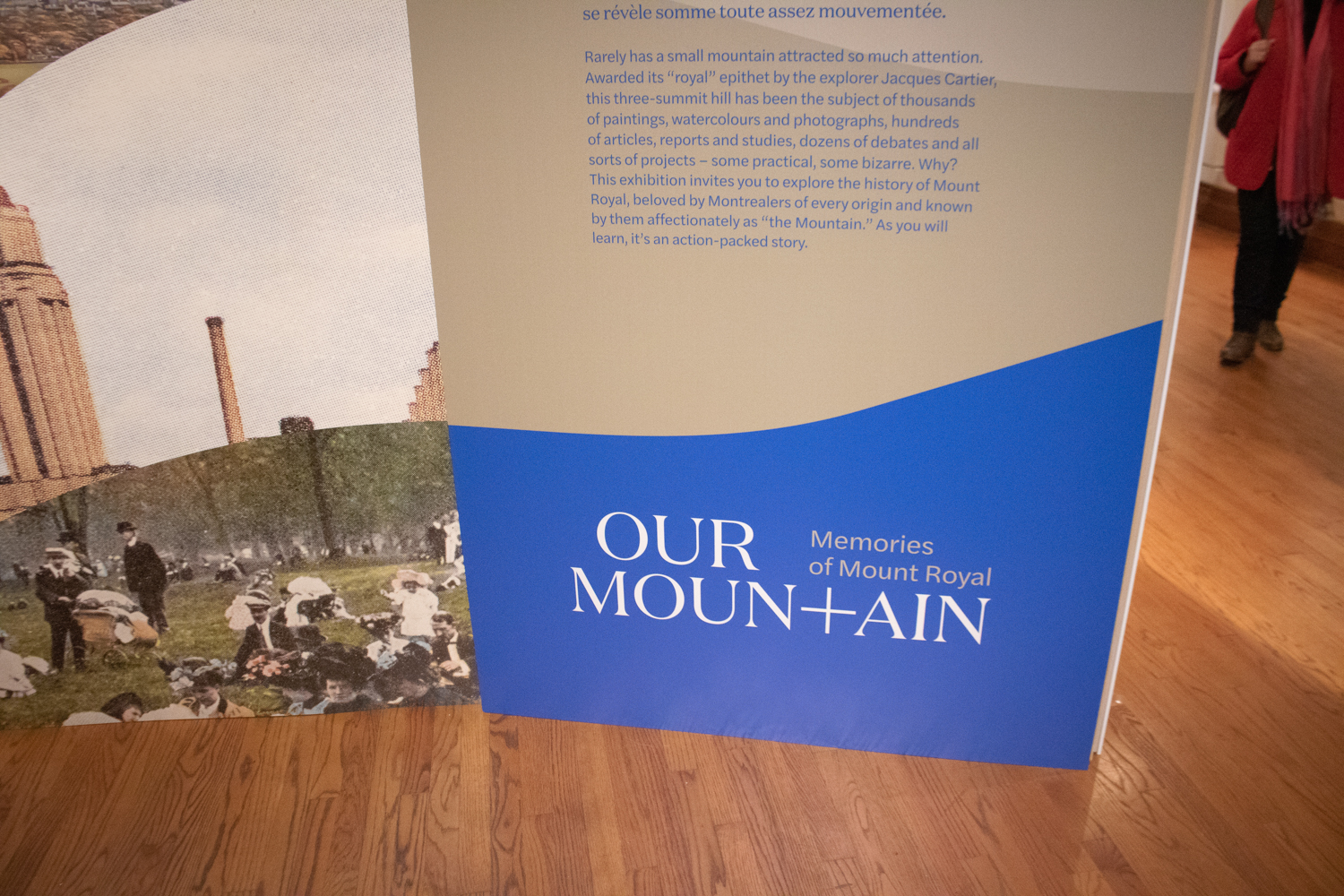Check out this new exhibit commemorating the historic mountain located at the heart of our city
Out of all the iconic landmarks, one could visit in Montreal, I could list out a whole bunch off the top of my head: Orange Julep, St. Viateur Bagels, Mount Royal, etc.
In terms of history, Mount Royal is as rich as it is stunning. An exhibit recently launched at the Musée des Hospitalières de l’Hôtel-Dieu de Montréal called Our Mountain: Memories of Mount Royal recognizes the storied history of the mountain.
This exhibit launched on Nov. 15 and runs up until Aug. 31, 2024. The location is 201 Pine Ave, W.
The exhibit mainly focuses on issues that contributed to the mountain’s initial development, and the current preservation efforts that are being undertaken.
Walking through this exhibit, you can learn about many different things, including some background on the park’s architect, Frederick Law Olmsted, the same architect behind the famous Central Park in New York City.
The exhibit focuses on the history of the park as a landmark in a growing city. According to The Canadian Encyclopedia, over the course of the 19th century, Montrealers bought large pieces of land at the base of Mount Royal. Those pieces of land were used as orchards or farms.
The turning point was when the city kept growing in population and the large pieces of land at the base became a cause of congestion. That’s when citizens started a petition to protect the mountain and turn it into a park for the public to enjoy.
It was in 1874 that the city hired the famous Olmsted to design the layout of the park. Afterward, the park was officially opened to the public in 1876.
The exhibit also makes a point of describing the mountain as a geographical territory. Mount Royal is composed of three summits, with its highest summit measuring 233 metres high.
Walking through the exhibit, I noticed a space that was titled Mount Royal in 50 years. Visitors could write their predictions of what Mount Royal might look like in half a century. Now with the history of Mount Royal in mind, I leave the question with you — what do you think Mount Royal will look like 50 years from now?
Photographs by Dalia Nardolillo/The Concordian
